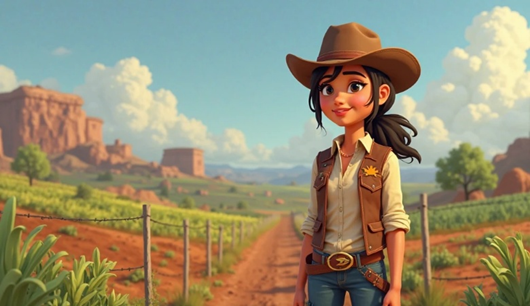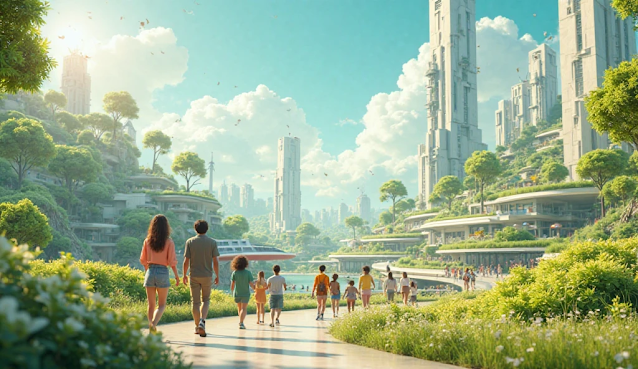W4: "My Hero Fights Hunger"
SDG 2 : Zero Hunger
In the heart of a
sprawling, crumbling slum known as Sunlight Valley ironically named for a place
often shrouded in smog lives a woman called Tara. To the children, she’s
“Farmer T,” and to the adults, she’s a mystery wrapped in overalls and
compost-streaked boots. But to all, she’s a hero. Tara is no ordinary gardener she’s
a visionary urban farmer who uses rooftops, abandoned lots, and even shipping
containers to grow food and fight hunger in her community.
Sunlight Valley is a food desert, where fast food outnumbers fresh produce and malnutrition hides behind cheap calories. Most residents survive on instant noodles and expired bread. Children suffer from stunted growth, and many elders are too weak to work. It’s a place where war-displaced refugees, climate migrants, and the urban poor all collide in their search for a better life.
Tara arrived in the
valley not with money, but with seeds and a plan. Her journey began as a seed
scientist who once worked for a large agricultural company. But after
witnessing how hybrid crops and patents hurt small farmers, she quit.
Determined to use her knowledge for good, she dedicated her life to creating
open-source seeds resilient, climate-adapted, and free for all.
With a toolbox of hope
and science, Tara converted broken bathtubs, car tires, and cracked buckets
into soil beds. She taught the children how to compost banana peels and coffee
grounds. Her biggest invention? A “Vertical Veg Wall” a DIY green tower of
vegetables made from recycled soda bottles strung on bamboo poles. Her
comic-style sketchbooks, featuring superhero veggies like Captain Carrot and
Lady Lettuce, made nutrition fun and educational.
Tara’s biggest
challenge wasn't soil or space it was trust. Many locals had lost faith in
promises. Aid workers came and went. Food deliveries were irregular. Corruption
ran deep. But Tara stayed. She taught nutrition under lantern light, cooked
stew from garden scraps for the elderly, and ran “Plant and Play” clubs where
kids learned to grow their own snacks. Slowly, resilience replaced despair. Then
came the drought.
With rainfall missing
for months and water rationed, Tara’s gardens wilted. Disease spread in the
camps. Some said her efforts were futile. But Tara turned to old wisdom collecting
rainwater in hidden tanks, switching to drought-resistant crops, and teaching
greywater recycling. She even introduced a “Solar Dehydrator” to preserve food.
Sketches of this invention drawn in her comic zine The Hunger Fighters spread
across nearby settlements.
Poverty, war, and
climate change continued to threaten Sunlight Valley. But Tara’s gardens
multiplied. Refugees who had once waited in food lines became farmers. Women
who had cooked for scraps became seed stewards. Children who had never eaten
fresh fruit now sold microgreens from window gardens. The slum was no paradise but
it was greener, stronger, and more self-sufficient than ever.
Tara believes hunger
isn’t just about food it’s about power. And by giving people the tools to grow,
she gives them the strength to rise. She dreams of training more “Hunger
Heroes” young people who turn food insecurity into opportunity. Her plan is
simple and scalable: free seed libraries, rooftop garden starter kits,
cartoon-based learning materials, and a digital map of shared community
gardens.
In a world where 800
million still sleep hungry, Tara’s story lights a path. Her battle against
hunger is not just about filling stomachs it’s about planting dignity, one
garden at a time. And for Sunlight Valley, that’s a revolution worth watering.







Comments
Post a Comment